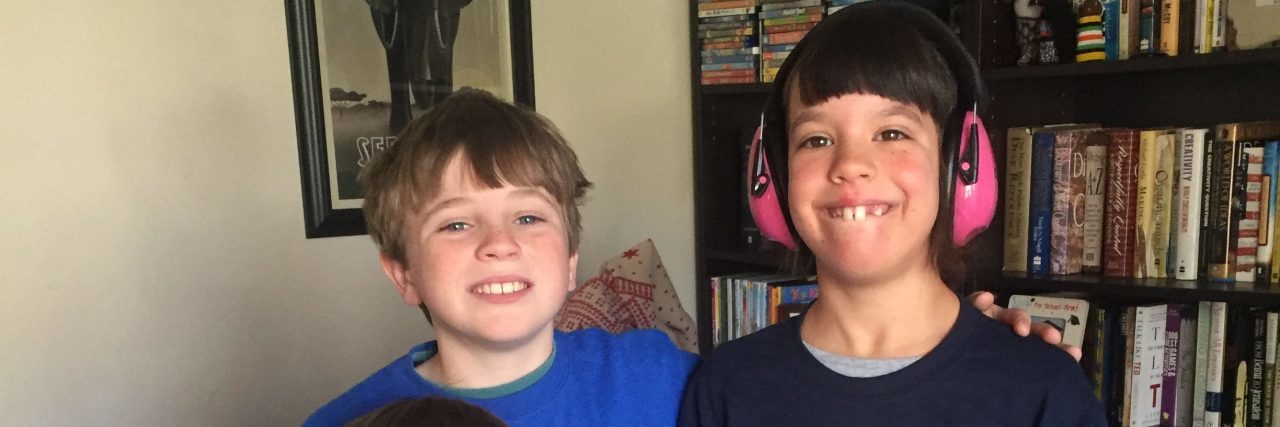Today my social media feeds were filled with so many great pictures and posts of families celebrating Rare Disease Day and driving awareness for their communities. I spent much of the day smiling.
It made me think back to the two and a half years it took to learn that our daughter had Dup15q syndrome. I remember more stress than smiles.
The moment that changed everything for us was getting a diagnosis. It helped us find a community of parents like us, researchers who were studying this rare disorder, and doctors with well-informed recommendations of therapies and medications that could help our daughter.
The first step in helping people with rare diseases is getting that diagnosis. This is why I’m so excited to join the newly created Global Commission to End the Diagnostic Odyssey for Children With a Rare Disease.
Our goal is simple and bold: to create a roadmap, within one year, to get faster and more accurate diagnoses for children with rare diseases.
This commission, which was announced last week, is led by three co-chairs: Flemming Ornskov, M.D., M.P.H., CEO of Shire, a biotech focused on rare disease; Simon Kos, M.D., Chief Medical Officer of Microsoft, a technology innovator; and Yann Le Cam, CEO of EURORDIS, the leading non-profit in Europe serving people with rare diseases. I’m proud and honored to be one of a dozen others to serve on this commission.
We have a big problem to tackle. There are more than 300 million people worldwide living with one of more than 6,000 identified rare diseases. More than half are children. These rare diseases account for 35% of all deaths in the first year of life.
For the average child with a rare disease to get an accurate diagnosis it takes five years, twice as long it did for my family. Roughly 40% are misdiagnosed at least once. On average, getting an accurate diagnosis takes visits to more than seven different doctors. We need to solve this problem.
The commission members (check out the list here) come at this with a wide range of perspectives and experiences — from patient advocacy groups, academic/research institutions, hospital and health systems, policy organizations, technology companies and biotechnology companies.
I’ll be wearing three hats — as the father of a girl with a rare disease, as a board member and fundraising chair of a rare disease non-profit, Dup15q Alliance, and as the founder and CEO of The Mighty, the leading digital health community that reaches over 20 million people a month. We can leverage The Mighty to get input from so many people in the rare disease community and to help us put the plan into action by sharing it far and wide. I encourage anyone who wants to offer input to email rare@themighty.com. I’ll find the best way to share your thoughts and experiences with the commission.
This morning my wife and I walked into our daughter’s school for her annual IEP (individual education plan) meeting. Her teacher greeted us wearing a Dup15q Alliance t-shirt. It was the perfect reminder of how much that diagnosis led us to our own personal roadmap to help her thrive.
Let’s bring together science and technology with shared knowledge and experiences to give millions of kids around the world the same opportunity.
We want to hear your story. Become a Mighty contributor here.

